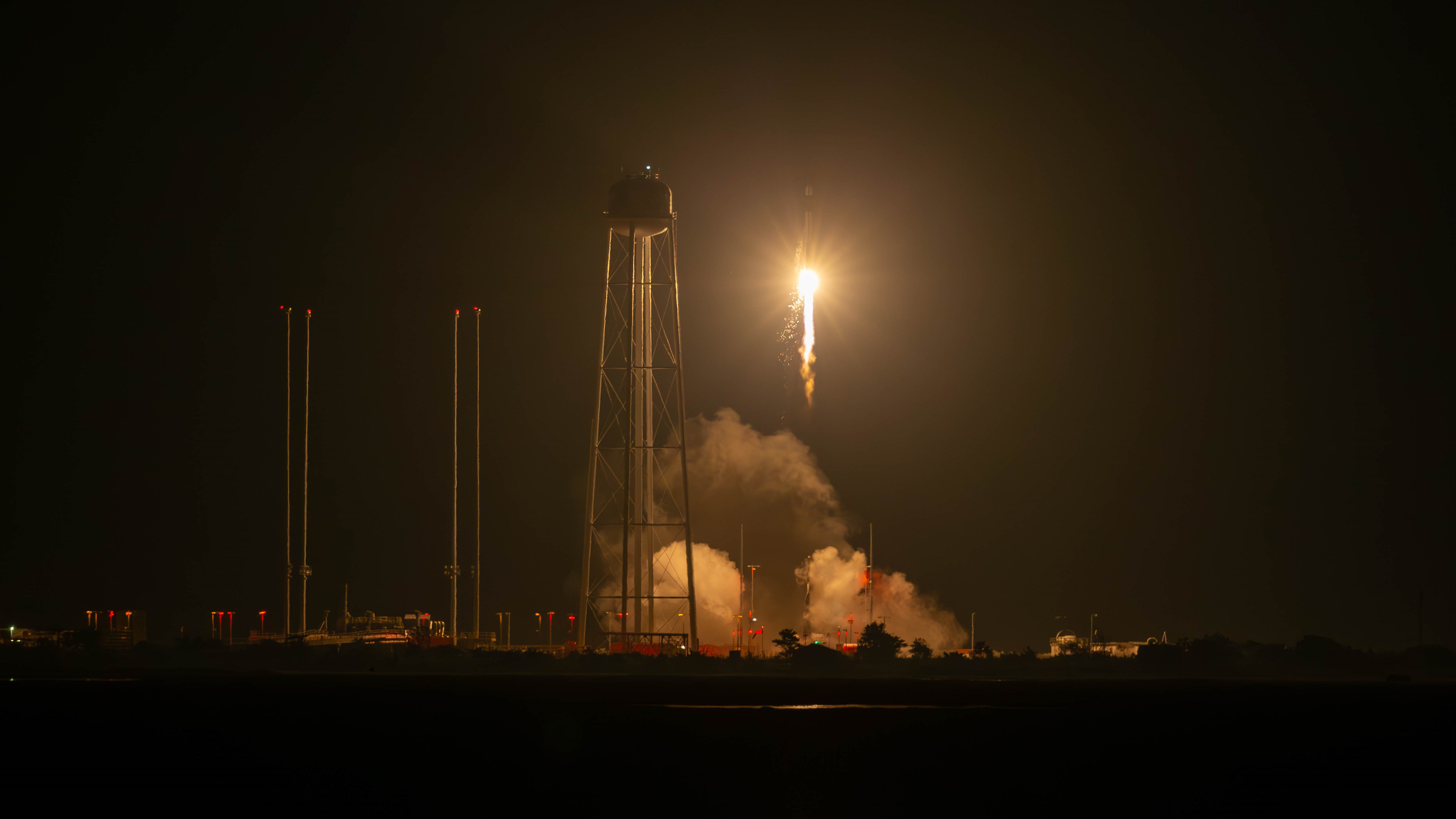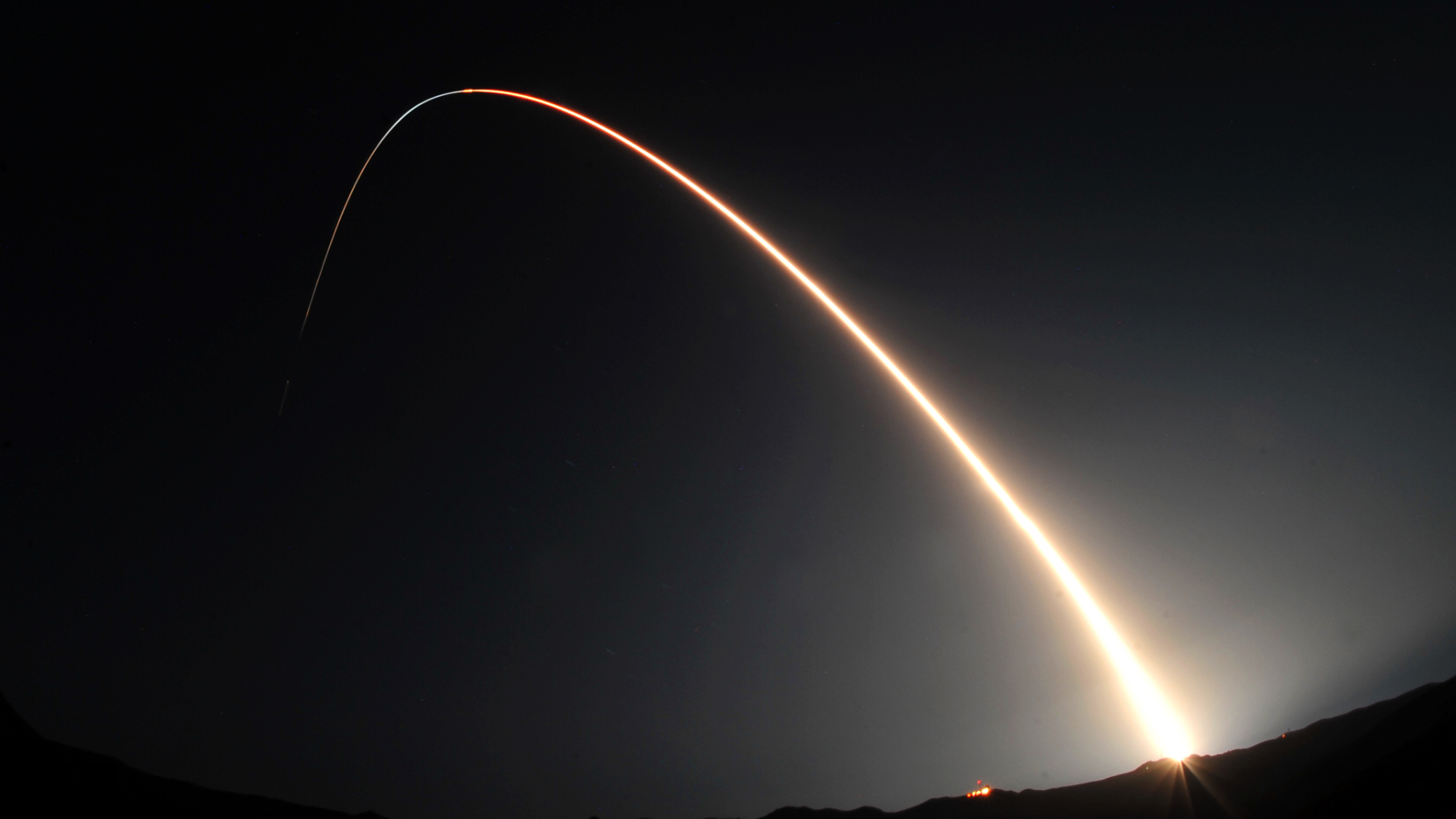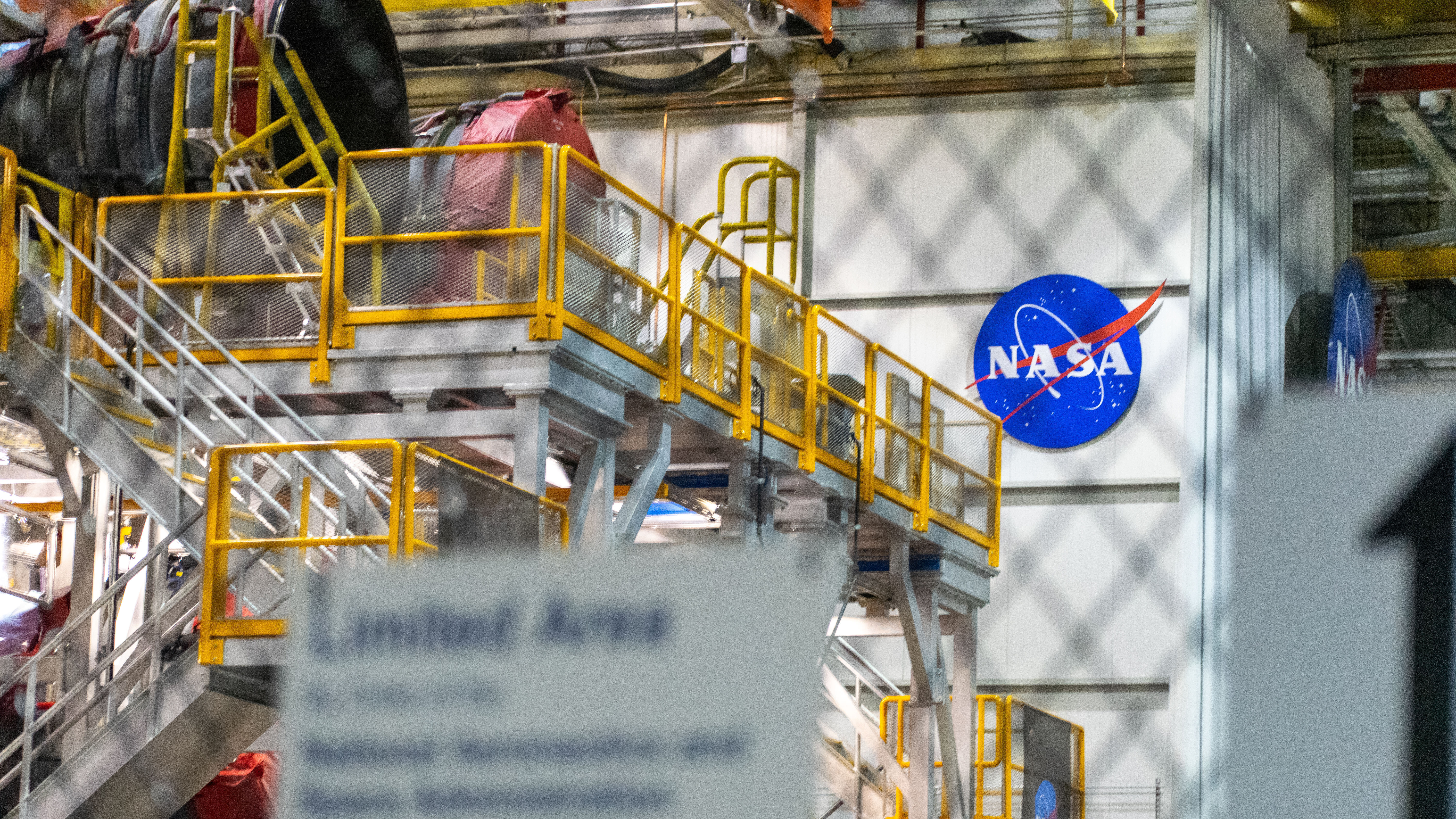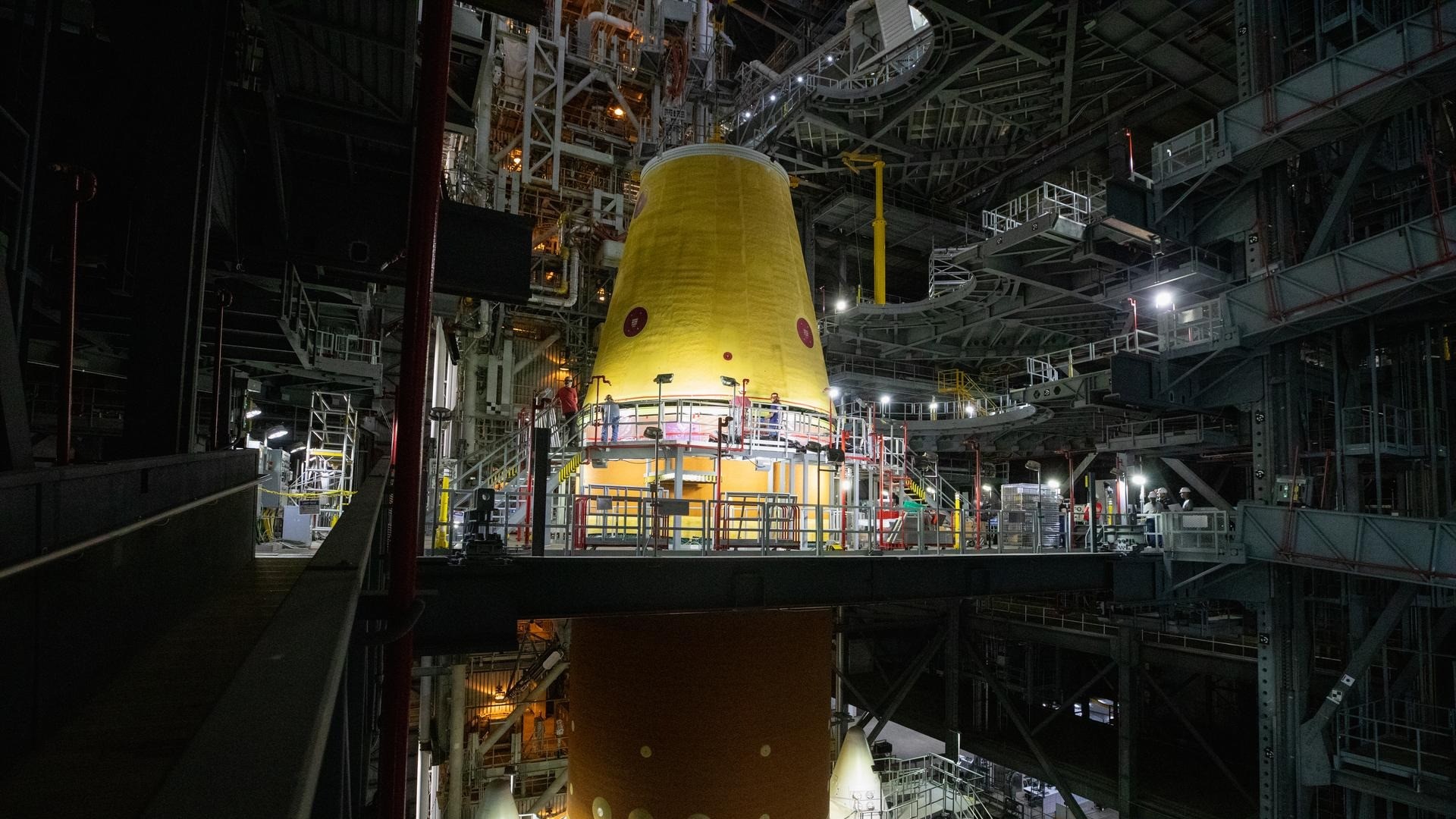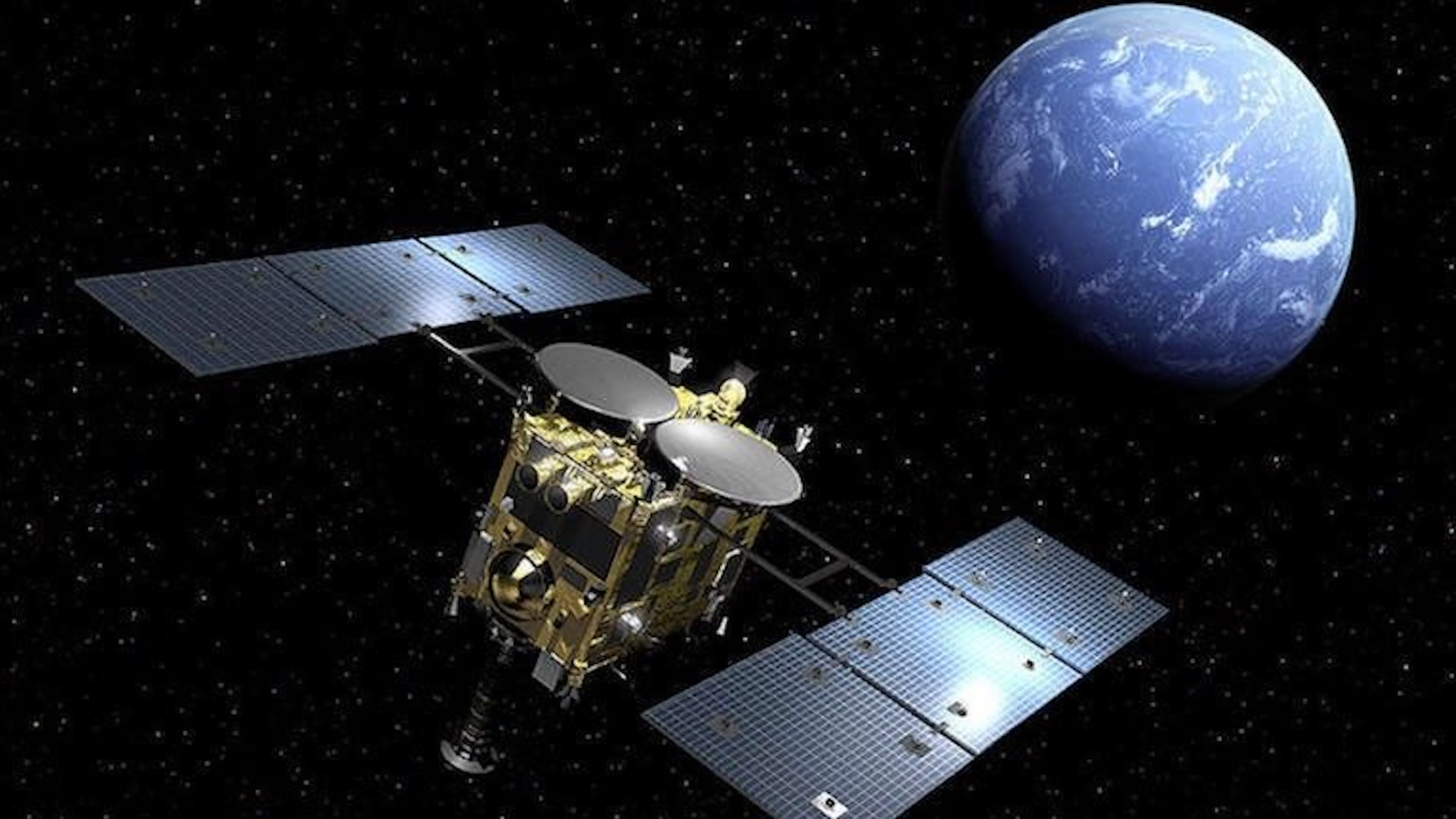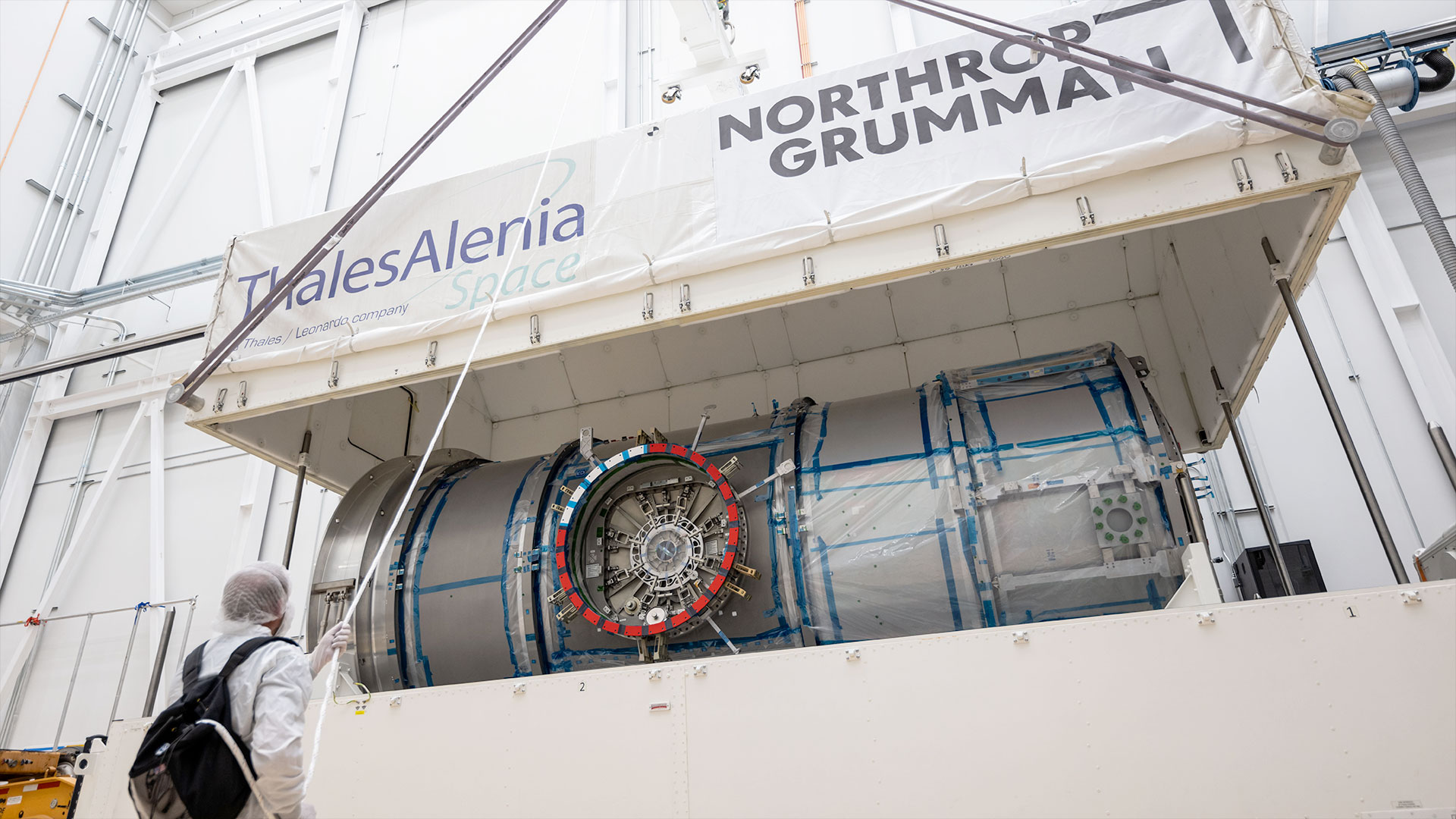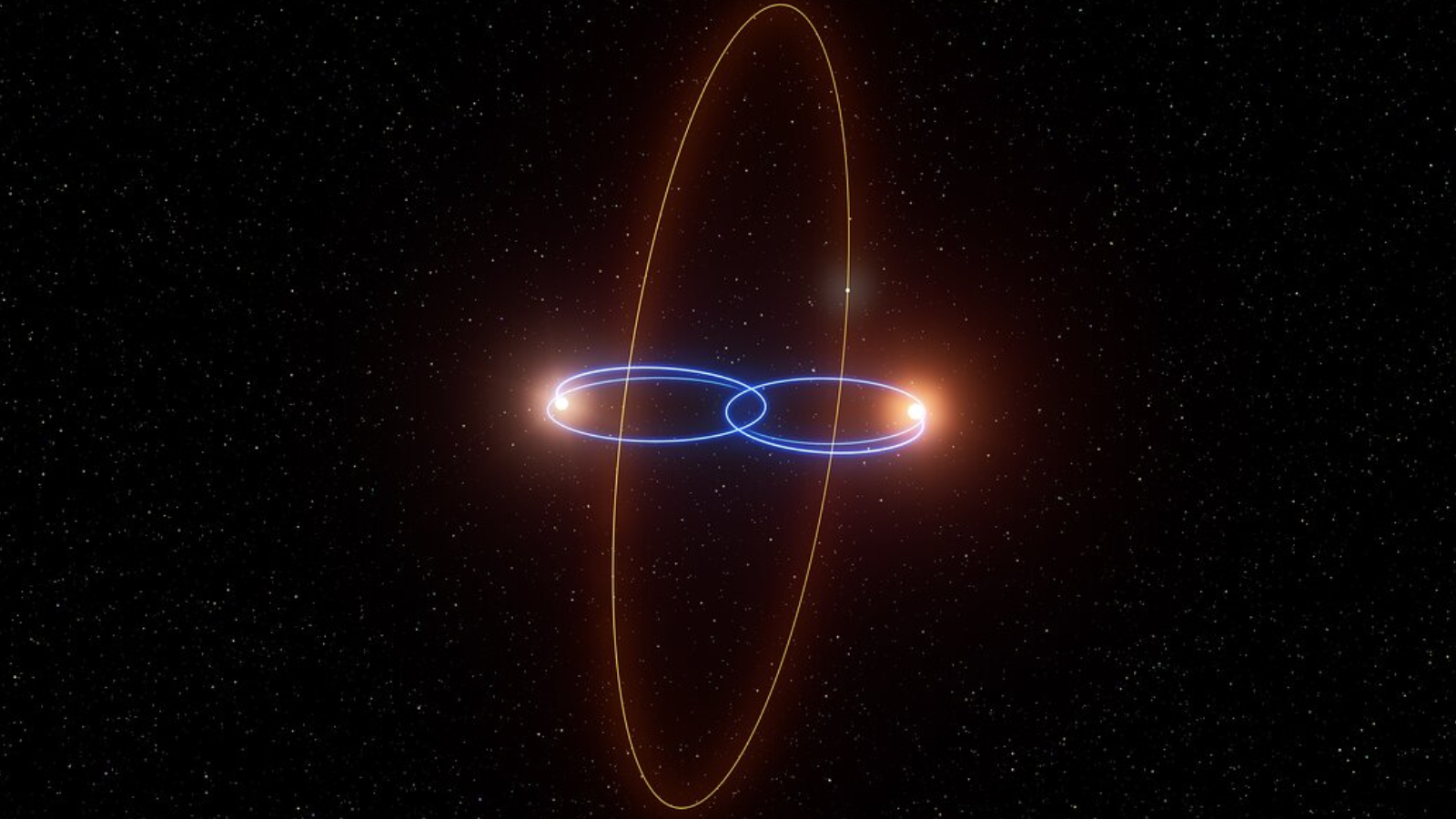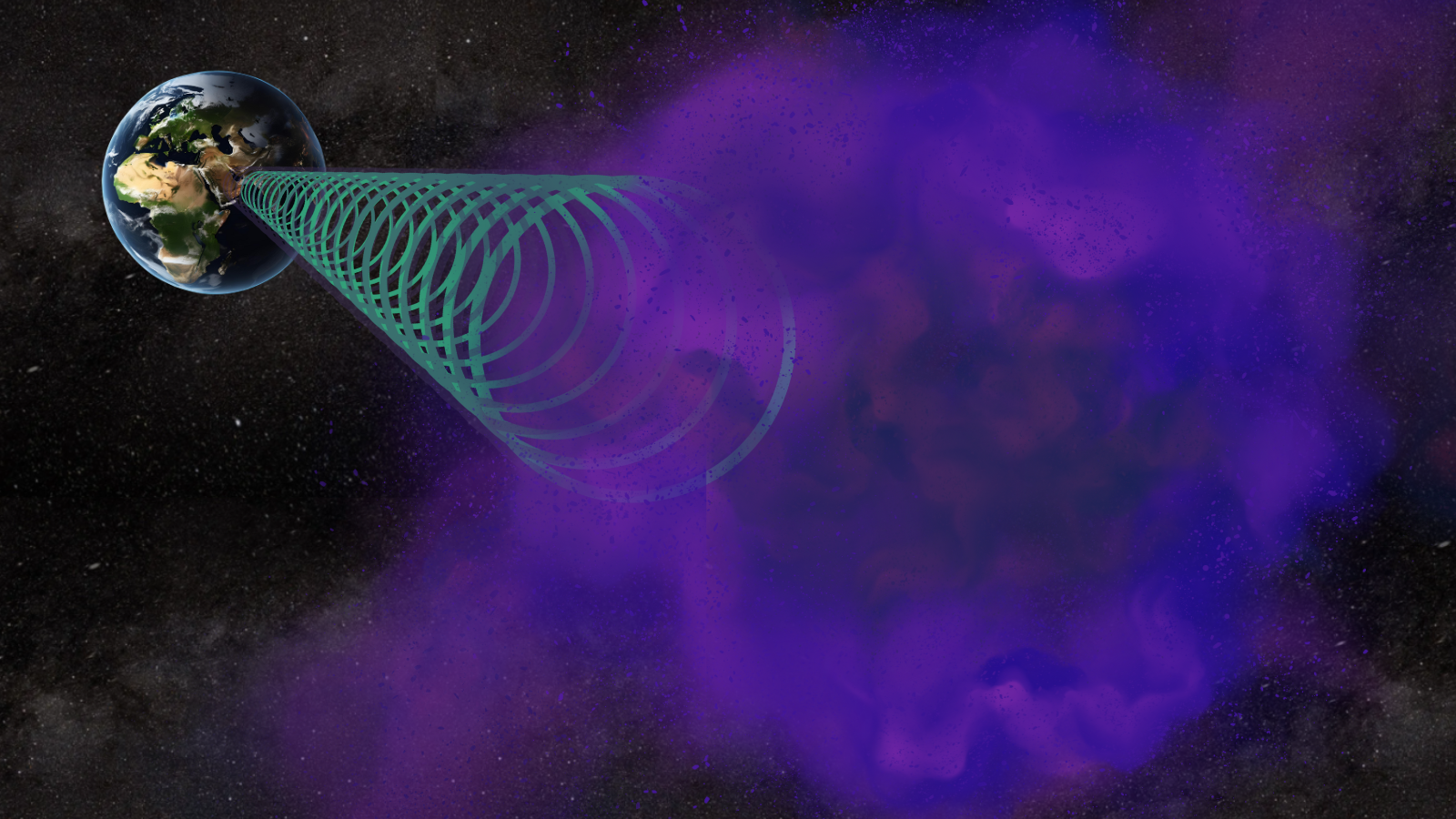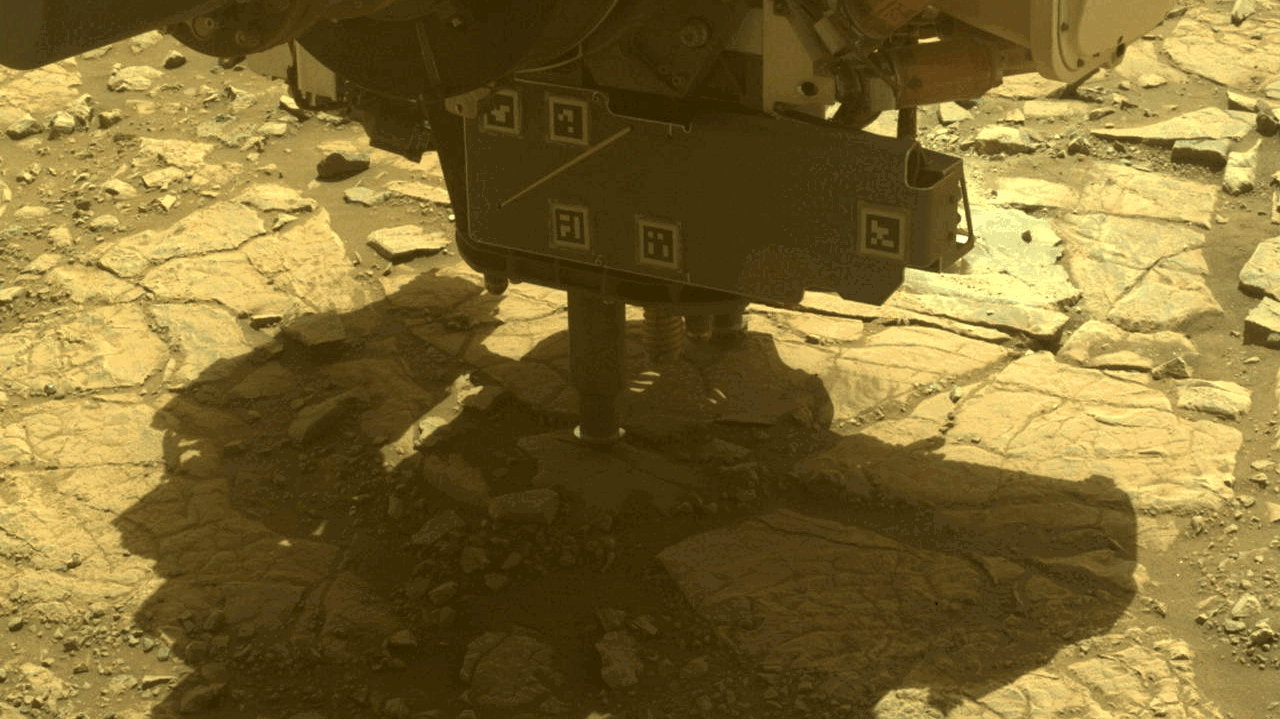Lucky alignment of 2 spacecraft reveals how solar wind gets a magnetic push
"We didn't initially realize that Parker and Solar Orbiter were measuring the same thing at all — when we connected the two, that was a real eureka moment."
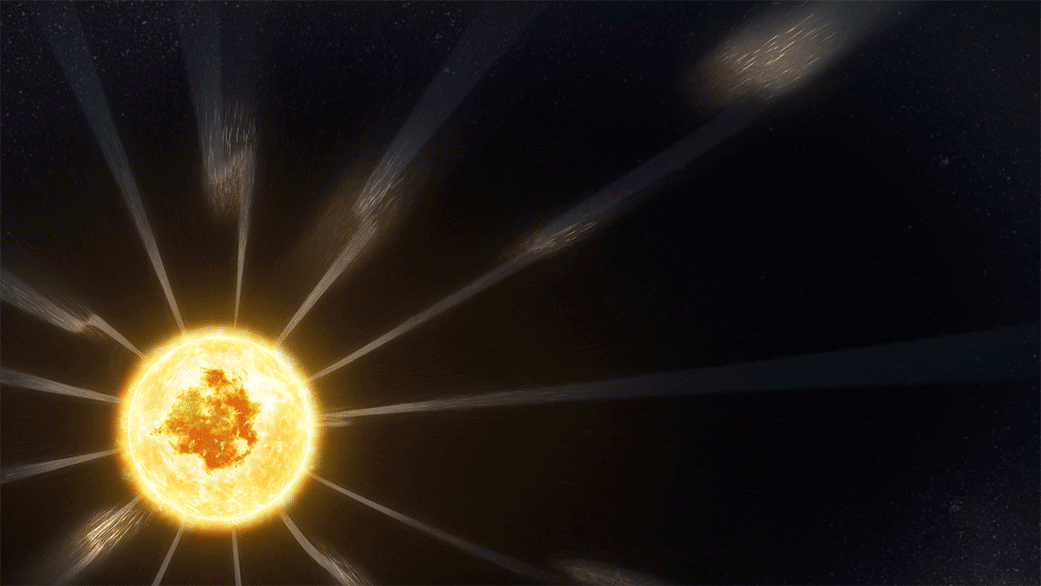
Our sun is far from the smooth, unvarying ball of light we see in the sky. Up close, its "surface" rumbles with powerful eddies that routinely burp superheated material into space.
Astronomers have long wondered just how this blasted material — most commonly, streams of charged particles called the solar wind — heats up and accelerates to speeds of more than 310 miles (500 kilometers) per second — long after it exits the sun.
A team of heliophysicists have now found compelling evidence that energy-packed plasma waves known as Alfvén waves are capable of pumping enough energy into streams of solar wind to propel them to their unexpectedly high speeds.
"This discovery is one of the key puzzle pieces to answer the 50-year-old question of how the solar wind is accelerated and heated in the innermost portions of the heliosphere," Adam Szabo, who is the Parker Solar Probe mission science lead at NASA and was not involved with the new research, said in a recent NASA statement.
"It took over half a century to confirm that Alfvenic wave acceleration and heating are important processes, and they happen in approximately the way we think they do," added John Belcher, emeritus professor of physics from the Massachusetts Institute of Technology who co-discovered Alfvén waves in the solar wind and was also not involved in the new research.
Related: Solar wind: What is it and how does it affect Earth?
The fresh clue to the decades-old mystery emerged thanks to a chance lineup of two sun-studying spacecraft that provided scientists a rare front-row seat to study the same patch of solar wind across two days.
Get the Space.com Newsletter
Breaking space news, the latest updates on rocket launches, skywatching events and more!
In February 2022, NASA's Parker Solar Probe detected a pocket of solar wind blasting from the sun's outer atmosphere, or corona. The probe, which is the fastest human-made object in history, recorded the wind to be traveling at 242 miles (390 km) per second along with an abundance of energy-packed Alfvén waves, which are known to transport energy throughout the solar wind the same way sound waves ferry energy via air on Earth.
Two days later, the European Space Agency's (ESA) Solar Orbiter, which was then flying beyond the orbit of Venus, recorded the same patch of solar wind to be traveling even faster, at 317 miles (510 km) per second. Solar Orbiter's instruments showed that the Alfvén waves had nearly vanished, according to a paper published by the researchers on Aug. 29 in the journal Science.
Study lead author Yeimy Rivera of the Center for Astrophysics | Harvard & Smithsonian (CfA) in Massachusetts and her colleagues compared data from the two spacecraft. They found the energy gained by the plasma matched the energy lost by Alfvén waves, meaning the waves indeed pump enough energy into the solar wind to accelerate it.
"Before this work, Alfvén waves had been suggested as a potential energy source, but we didn't have definitive proof," Rivera said in a statement by ESA.
"We didn't initially realize that Parker and Solar Orbiter were measuring the same thing at all," study co-author Samuel Badman, also of CfA, said in the NASA statement. "When we connected the two, that was a real eureka moment."
Scientists think the added energy arises from abrupt reversals in the directions of the sun's magnetic field called "switchbacks," which are known to become more distinct and powerful close to the sun. As solar wind ejected from the sun wafts away, Alfvén waves in the form of switchbacks provide energy sufficient to account for the observed acceleration and added heat of the stream, the new study found.
"These measurements told us that the energy from the switchbacks was both necessary and sufficient to explain the solar wind's evolution as it travels away from the sun," the researchers wrote in The Conversation.
Our sun, of course, is the only star in the universe whose wind scientists can study directly. "What we learned about our sun potentially applies at least to other sun-type stars, and perhaps other types of stars that have winds," said Badman.
Join our Space Forums to keep talking space on the latest missions, night sky and more! And if you have a news tip, correction or comment, let us know at: community@space.com.

Sharmila Kuthunur is a Seattle-based science journalist focusing on astronomy and space exploration. Her work has also appeared in Scientific American, Astronomy and Live Science, among other publications. She has earned a master's degree in journalism from Northeastern University in Boston. Follow her on BlueSky @skuthunur.bsky.social
